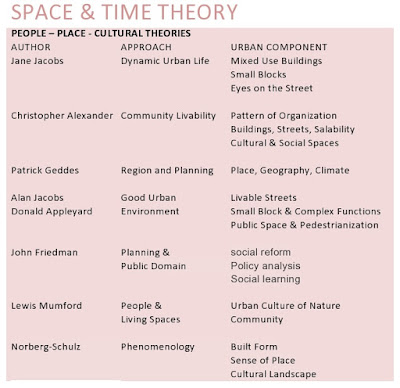"Cities often manifest, distilled
and condensed activities experienced in sudden jerks and revelation. Such phenomenon
often remains incomprehensible at large, especially for the academic purpose.
The formal and informal market streets across the city of Mumbai are examples
of such phenomenon characterized by sudden splurge of activities juxtaposed in
sharp contrast to its surrounding context. These sudden bursts of activity are
what this study understands as “synchromesh” giving rise to synchromesh
urbanism that could be read as a quintessential feature of an entrepreneurial
city. Synchromesh is a characteristic of few elements in a given situation
whereby each element is always in mesh and in propelling state or state of
being free or independent. The constant meshed condition that evolves as a generator
or armature, constantly corresponding or adjusting all the time to its
surrounding context.
The sites representing such characteristics in various locations
in Mumbai have been selected as cases for study as they symbolize this
phenomenon an analogous to a working meshed condition, whose parts are
networked and constantly adjusting to external pressures similar to the
pressures a city exerts on its diverse geographies. This analogy is drawn in
order to understand the networks of several activities and spatial forms so
produced in the market streets of the selected sites in Mumbai, an
entrepreneurial city in its own right."
Authors: Prof. Manoj Parmar (Dean, Post Graduate Program, KRVIA Mumbai) | Dr. Binti Singh (Krvia Masters Faculty)
The history of
urbanization in Indian context is the key response to the social,
spiritual, religious and economic needs in cities. The economic
needs and means are often overlaps with the community and identity of the
precinct within the historic core of many Indian cities. This
aspects of the city, in representation can depicts several layers of networked
conditions. The inner city historic core of Mumbai also represent the similar
attributes. The joint work studio attempts to identify the forces that underpin
such historic networked conditions that are often being hidden. The study shall
encompass the study of work places of precincts, which are typologically
classifiable. It also attempts to study the nature of public realm, activity
pattern along with history and heritage. The initial part of study tour focuses
on the locating the bazaars or precincts with occupational identity with
respect community or public realms.
The site study were based
on: direct observation; interviews; historic narratives, historical maps;
histories of specific urban public spaces or spatial types; and the relevant
scholarly literature from architecture and urban planning. It was important to examine
the existing body of work in the various disciplines and that can be
reinterpreted to make it relevant to an understanding of the such precincts and
public realm, this quintessential feature of historic core as city needs
to be articulated through representation.
KEYWORDS:
Urbanization and History
Public Realm | occupational territories | mixed use housing |
heritage
PRECINCTS:
Paper Market | Jewelry Market | Electrical
Market | Textile Market | Metal Market | Plumbing
Market
ELECTRICAL MARKET
JEWELRY MARKET
PAPER MARKET
PLUMBING MARKET
TEXTILE MARKET
UTENSIL MARKET
Drawings Credit: Krvia Masters Student (2019) & University of British Columbia, Masters of Urban Design (2019)






















































